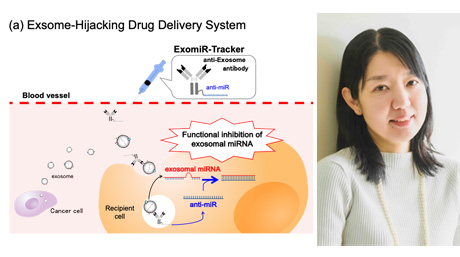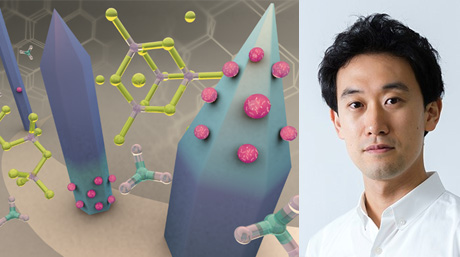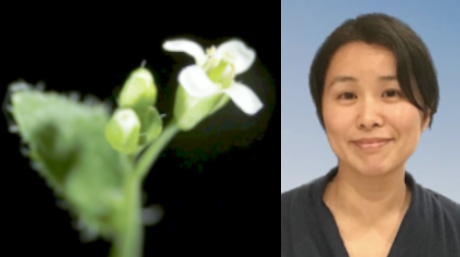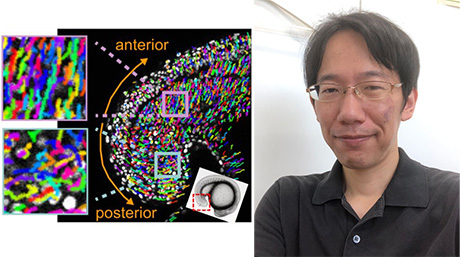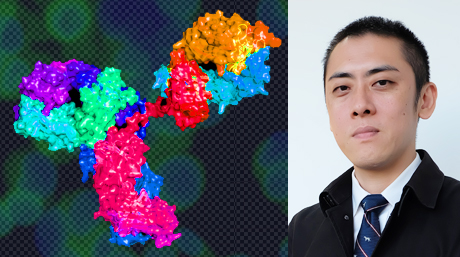Life Science and Technology News
【Labs spotlight】Igarashi Laboratory
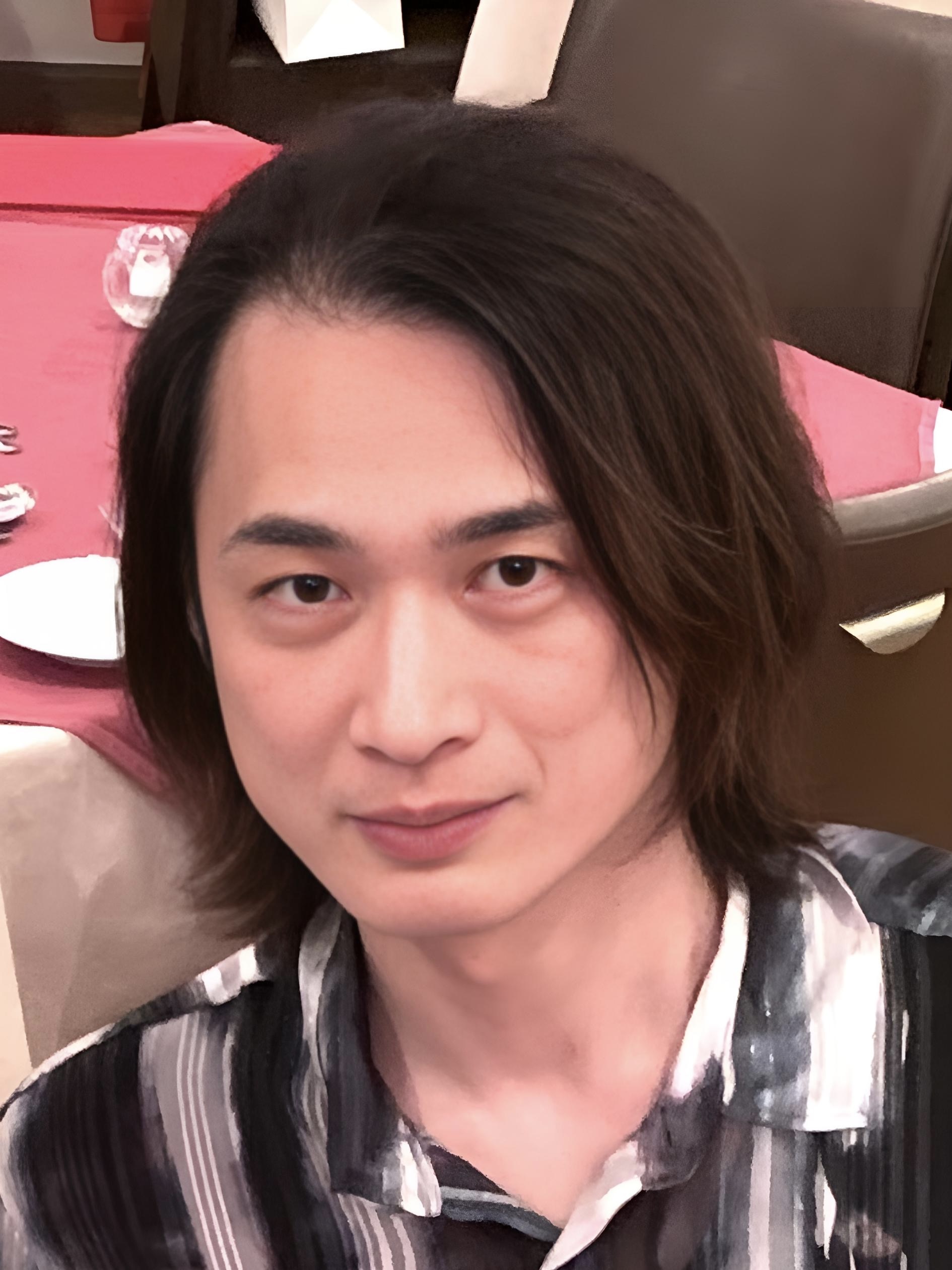
Areas of Supervision
Primary/Life Science and Technology
Secondary/Science and Technology for health Care and Medicine
Professor Ryuji Igarashi![]()
| Office | Room 402A, Midorigaoka building 6, Ookayama campus |
|---|---|
| Degree | Ph.D. in Engineering 2012, Kyoto University |
| Areas of Research | Quantum Biosensing, Live Cell Imaging, Early Disease Detection |
| Keywords | Intracellular Measurement, Nanoscale Quantum Sensor, Diagnostic Technologies, Single-Cell and Single-Molecule Analysis |
| WEBsite URL | Igarashi Lab. |
Research interest
The history of life science has been a journey—from the visible to the invisible—in pursuit of the fundamental question: "What is life?"
Just as the invention of the microscope revealed the existence of cells, and molecular biology unveiled the structure of DNA, the tools we use to understand life have always been at the cutting edge of science. In our lab, this frontier has now expanded into the quantum world. Through nanoscale measurement technologies, we are exploring life from entirely new perspectives.
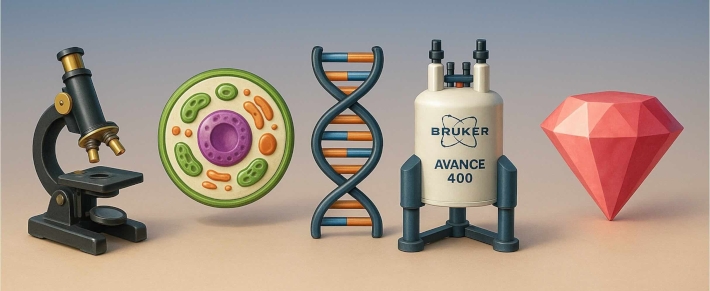
1. Creating the world's smallest and most sensitive sensors
We create sensors that are not only among the smallest in the world—just nanometers in size—but also extremely sensitive, thanks to the unique quantum properties of defects in diamonds. At the heart of these sensors is a structure known as an "NV center," which enables the electron spin to act like a tiny compass—responding to changes in temperature, magnetic fields, electric fields, and even chemical environments. By precisely controlling the interaction between light and quantum spin, we've opened a window into the invisible world inside living things. These sensors, like a "quantum eye," can measure tiny environments inside living systems in real time—an achievement long considered beyond reach. With this technology, we can even detect subtle changes occurring within a single cell.
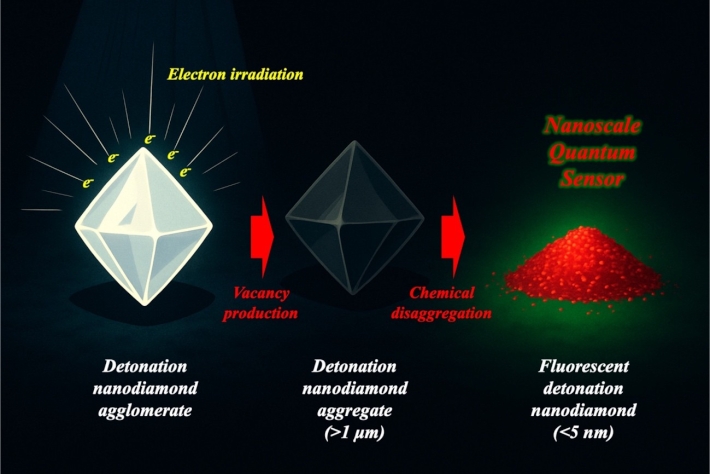
2. Designing how to use quantum to explore life
It's not enough for a sensor to be highly sensitive—we also need to design how quantum sensing is applied to measure biological phenomena. That means asking: What do we measure? How do we measure it? On what principles? We are developing new methods to extract meaningful information from the weak signals captured by quantum sensors. These include ways to filter out biological noise, surface modifications that respond only to specific molecules, and algorithms that improve time and spatial resolution. With such innovations, quantum sensing becomes more than just a tool—it becomes a map for exploring life itself. Our goal is to create a new philosophy of measurement, one that brings hidden biological changes into the light.
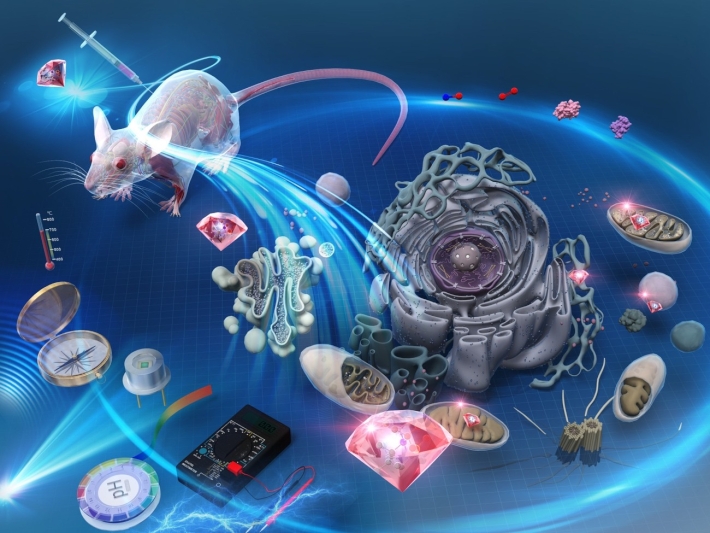
3. Exploring the hidden depths of life once beyond our reach
To answer the question "What is life?", we must look beyond surface-level phenomena—into the quiet changes unfolding in the hidden microenvironments deep within cells. With our nanoscale quantum sensors and sensing techniques, we are now able to quantitatively measure extremely subtle changes in temperature, pH, viscosity, and redox state inside living cells—parameters that were previously undetectable or extremely difficult to quantify. These hidden signals are closely related to cellular conditions and behaviors, and even to the earliest signs of disease. We aim to detect these faint "whispers of life" and pay attention to the "subtle hints" that have remained invisible to classical tools of science. By attending to these delicate biological traces, we believe new ways of understanding life will quietly begin to emerge.
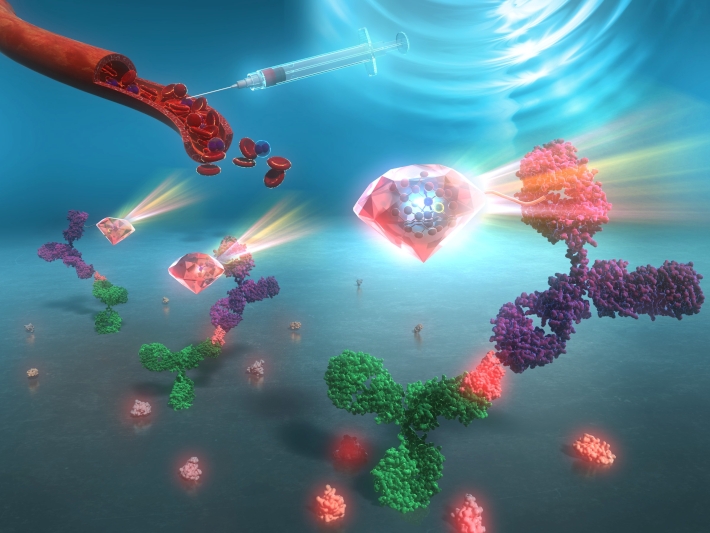
4. Detecting signs of disease before it appears
Diseases rarely appear suddenly. They often begin deep inside the body as faint changes, long before symptoms are visible. We are trying to listen for that very first "whisper." By using quantum sensors at the nanoscale, we aim to detect extremely subtle changes in blood and body fluids with exceptional sensitivity. Even diseases that are notoriously difficult to catch early, like Alzheimer's or cancer, quietly begin as tiny biomolecular changes. Our sensors are designed to catch those early signs, hidden within biological noise. Quantum sensing now makes it possible to detect disease biomarkers that classical technologies could never capture. Our vision is to bring this capability into everyday clinical practice—not just for specialists, but for everyone. By noticing signs of disease before it appears, we can act sooner—and begin treatment before it's too late. That is the kind of future medicine we are working to create.
In our lab, we are using quantum sensors—so small they're invisible to the eye—to uncover the tiniest biological changes and the earliest signs of disease. It's like looking at the living world through a quantum magnifying glass, peering into the depths of cells and shedding new light on the mysteries of life. That, we believe, is the real excitement of exploring life through quantum sensing.
Selected publications
- Real-Time Background-Free Selective Imaging of Fluorescent Nanodiamonds in Vivo
Ryuji Igarashi, Yohsuke Yoshinari, Hiroaki Yokota, Takuma Sugi, Fuminori Sugihara, Kazuhiro Ikeda, Hitoshi Sumiya, Shigenori Tsuji, Ikue Mori, Hidehito Tochio, Yoshie Harada, Masahiro Shirakawa
Nano Letters 12(11) 5726-5732 2012 - Monodisperse Five-Nanometer-Sized Detonation Nanodiamonds Enriched in Nitrogen-Vacancy Centers
Daiki Terada, Takuya F. Segawa, Alexander I. Shames, Shinobu Onoda, Takeshi Ohshima, Eiji Ōsawa, Ryuji Igarashi, Masahiro Shirakawa
ACS Nano 13(6) 6461-6468 2019 - pH Nanosensor Using Electronic Spins in Diamond
Takahiro Fujisaku, Ryotaro Tanabe, Shinobu Onoda, Ryou Kubota, Takuya F. Segawa, Frederick T.-K. So, Takeshi Ohshima, Itaru Hamachi, Masahiro Shirakawa, Ryuji Igarashi
ACS Nano 13(10) 11726-11732 2019 - Tracking the 3D Rotational Dynamics in Nanoscopic Biological Systems
Ryuji Igarashi, Takuma Sugi, Shingo Sotoma, Takuya Genjo, Yuta Kumiya, Erik Walinda, Hiroshi Ueno, Kazuhiro Ikeda, Hitoshi Sumiya, Hidehito Tochio, Yohsuke Yoshinari, Yoshie Harada, Masahiro Shirakawa
Journal of the American Chemical Society 142(16) 7542-7554 2020 - All-Optical Wide-Field Selective Imaging of Fluorescent Nanodiamonds in Cells, In Vivo and Ex Vivo
Tamami Yanagi, Kiichi Kaminaga, Michiyo Suzuki, Hiroshi Abe, Hiroki Yamamoto, Takeshi Ohshima, Akihiro Kuwahata, Masaki Sekino, Tatsuhiko Imaoka, Shizuko Kakinuma, Takuma Sugi, Wataru Kada, Osamu Hanaizumi, Ryuji Igarashi
ACS Nano 15(8) 12869-12879 2021 - Intravital microscopic thermometry of rat mammary epithelium by fluorescent nanodiamond
Takahiro Hamoya, Kiichi Kaminaga, Ryuji Igarashi, Yukiko Nishimura, Hiromi Yanagihara, Takamitsu Morioka, Chihiro Suzuki, Hiroshi Abe, Takeshi Ohshima, Tatsuhiko Imaoka
Nanoscale Horizons9(11) 1938-1947 2024
Contact
Professor Ryuji Igarashi
Room 402A, Midorigaoka building 6, Ookayama campus
E-mail : igarashi.r.68eb@m.isct.ac.jp
Tel / Fax : +813-5734-2819
*Find more about the lab and the latest activities at the lab site![]() .
.
